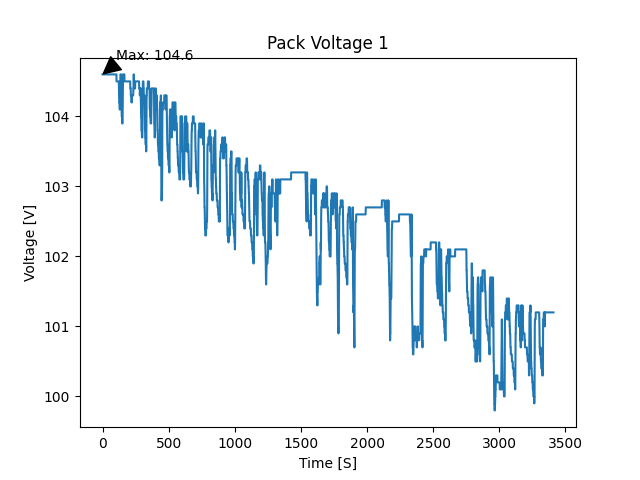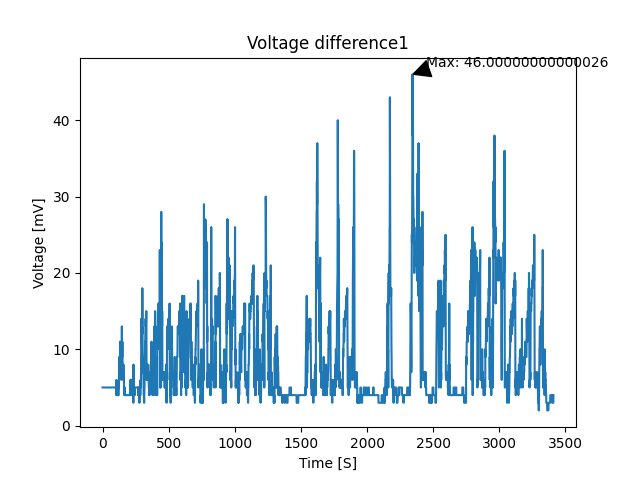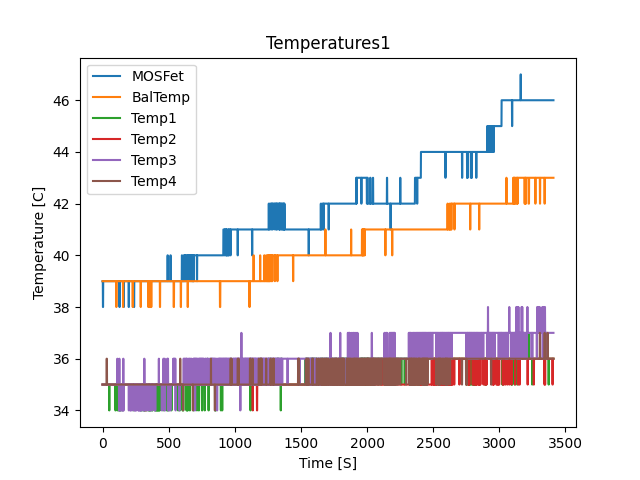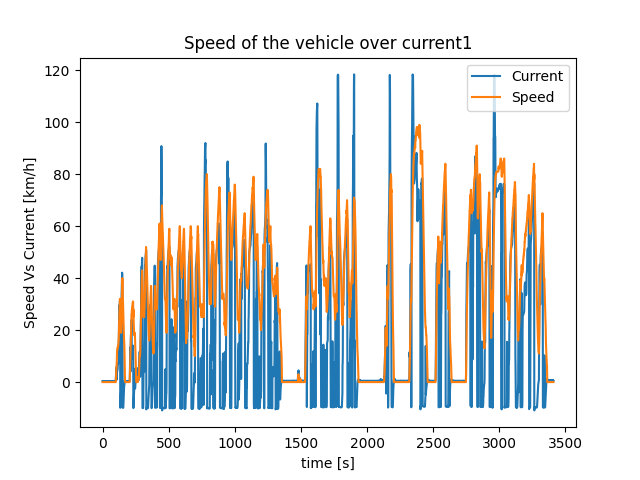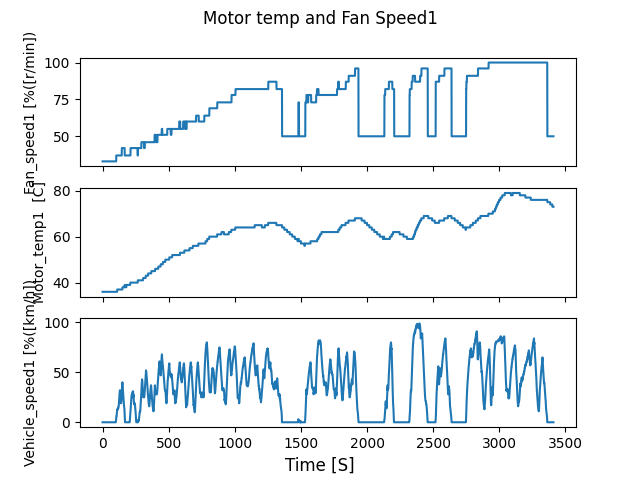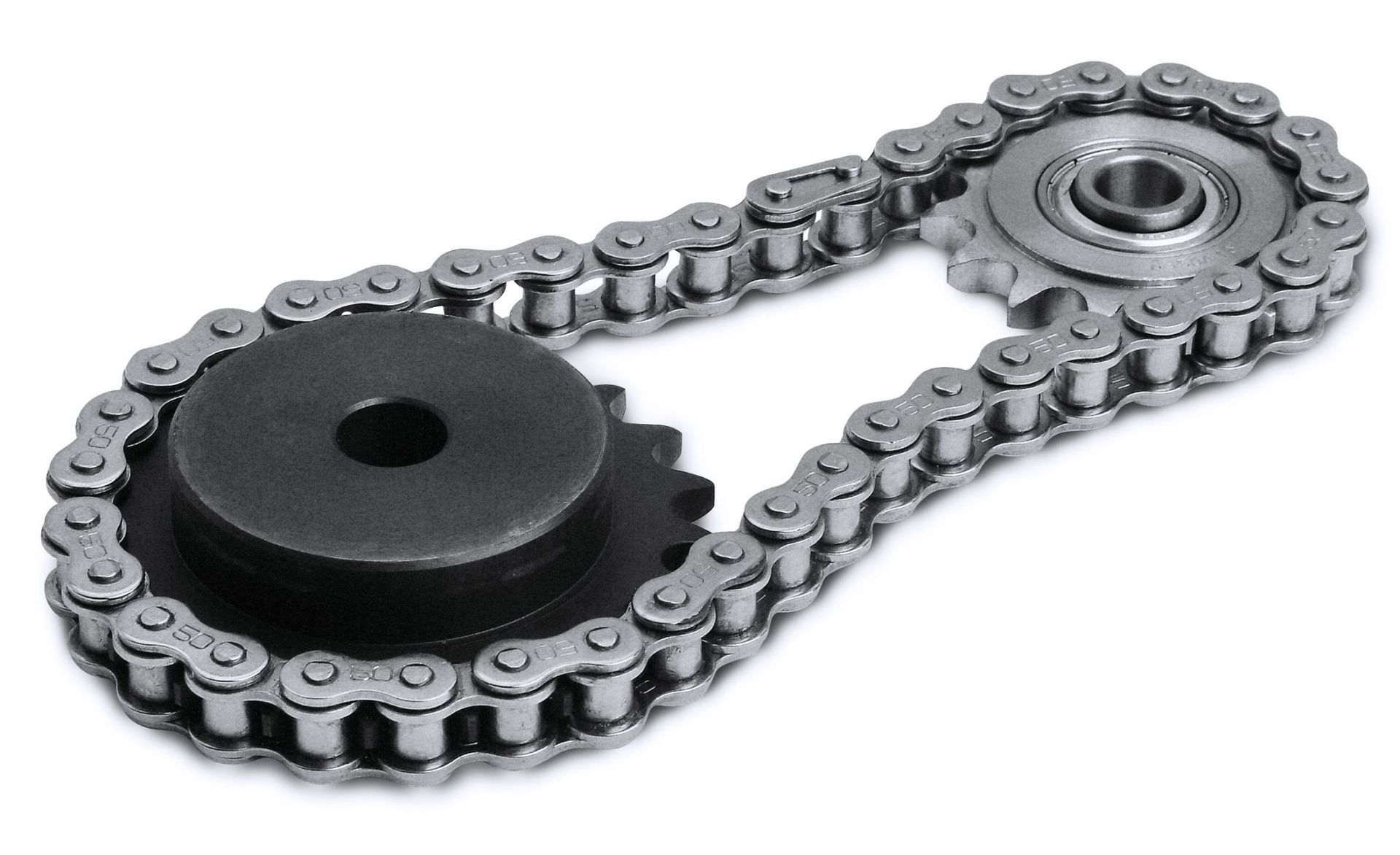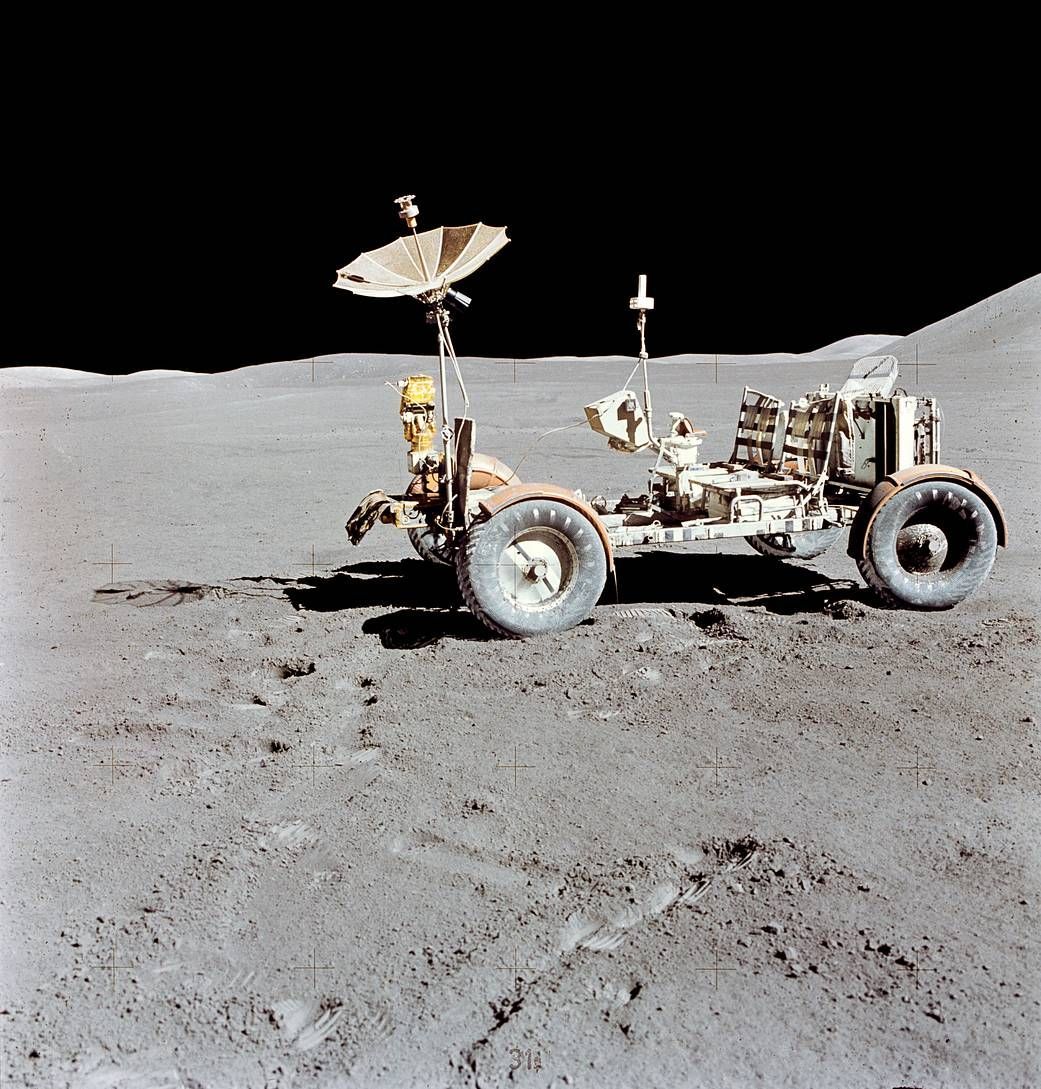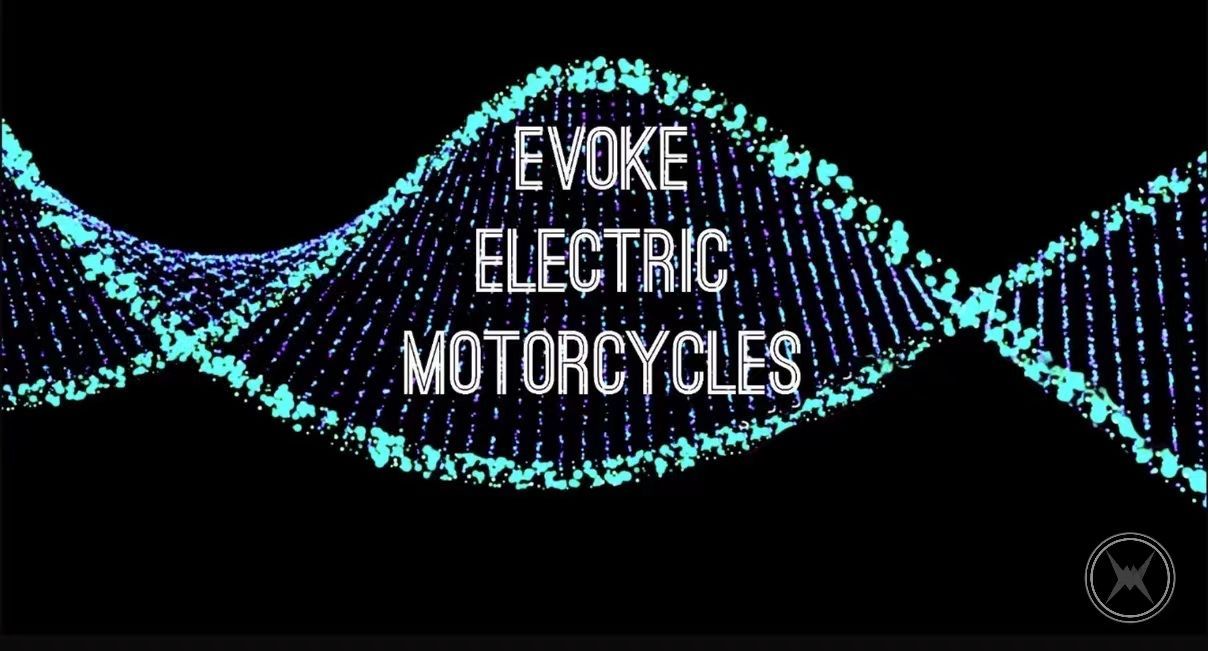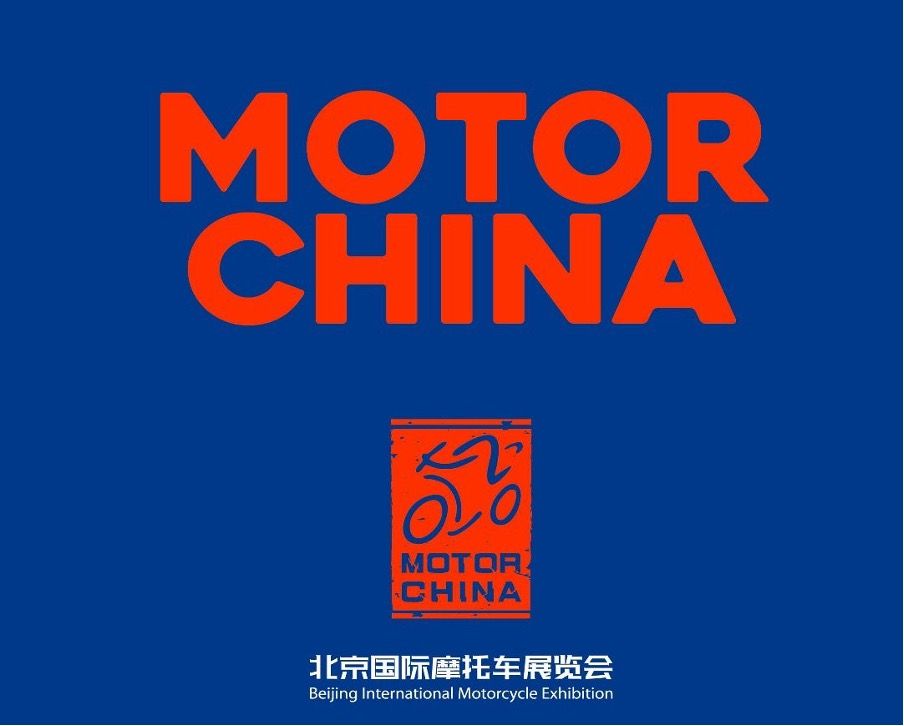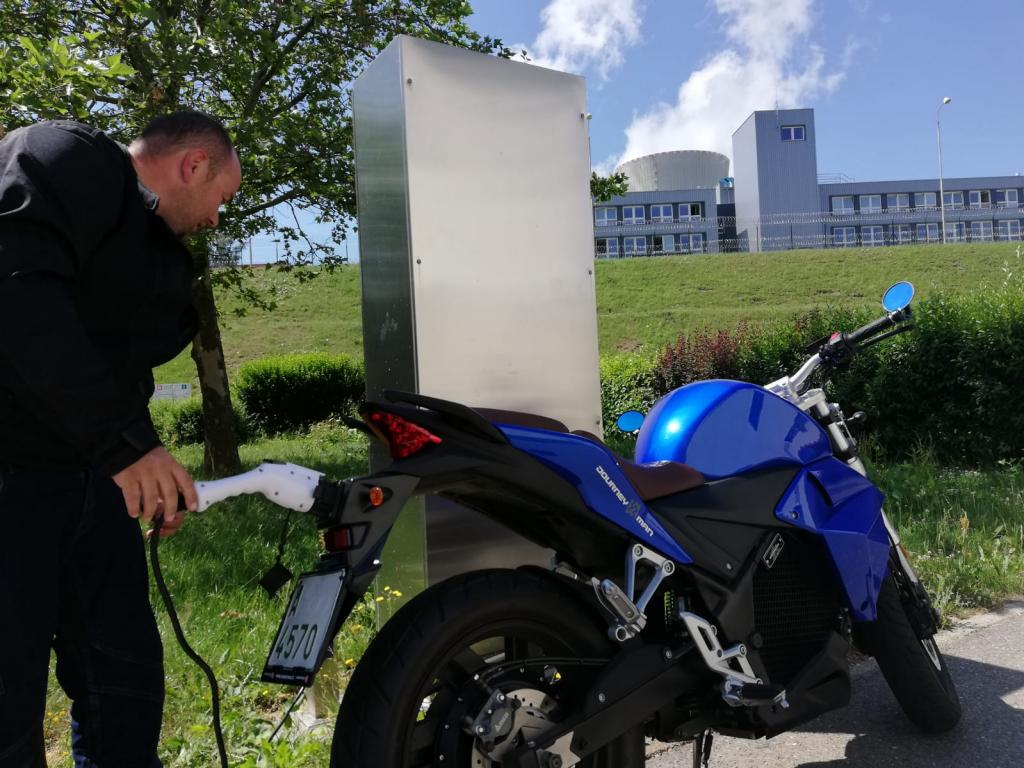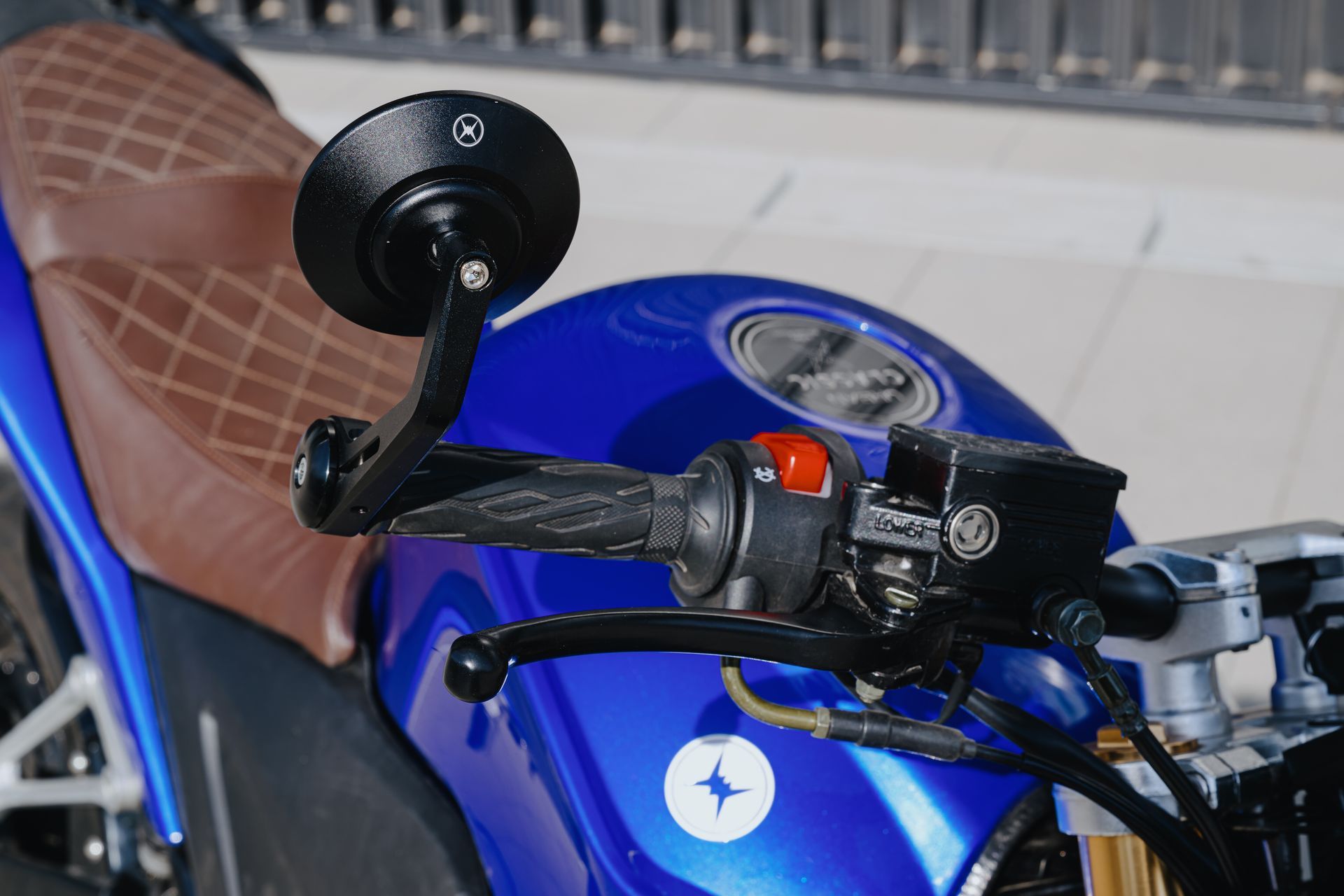Data logging for electric vehicles offers numerous benefits. Firstly, it enables vehicle owners and enthusiasts to comprehensively analyse and evaluate their vehicle's performance. By recording essential parameters such as engine RPM, speed, throttle position, and braking force, among others, data logging facilitates the identification of areas for improvement, fine-tuning of vehicle settings, and tracking of performance changes over time. Furthermore, data logging serves as a valuable diagnostic and troubleshooting tool, providing crucial information about sensor readings, error codes, and system behaviour during specific events or conditions. This empowers mechanics and vehicle owners to identify problems accurately and make informed decisions regarding repairs or maintenance.
For performance enthusiasts, data logging allows customization and optimization of vehicle settings, as continuous monitoring and logging of performance data enable precise fine-tuning of engine parameters, suspension settings, and other components. This approach helps achieve desired performance characteristics while maximizing efficiency. Importantly, data logging contributes to safety by providing insights into driver behaviour and vehicle performance, recording data related to acceleration, braking, speed, and other parameters. This information can be utilized for training purposes, monitoring driving habits, and assessing vehicle performance during critical situations. Thus, data logging proves to be an invaluable tool, offering multifaceted advantages for vehicle owners, enthusiasts, mechanics, and the automotive industry as a whole.
When it comes to Evoke Motorcycles, collected data is used for identifying errors and potential areas of improvement in prototypes and other models. If an error or an abnormality comes up in the data, it can be easily noticed and traced to its origin, helping identify the root of the problem. Furthermore, using data brings valuable insights into driver behaviour and its variety. If one behaviour is more prevalent than the other, or there are many, the design or parameters can be manipulated to better suit the driver and make the driving experience much more pleasant and comfortable. In the future, data analytics are planned to be shifted in the hands of AI/ML providing instantaneous criteria and analysis on the go, as the data is being collected. This will fully automate the process and result in much more detailed diagnostics once the AI is sufficiently trained on the past data processes.
All of the data is collected and stored within the vehicle, as this surpasses the limitation of servers. If the data is stored within a server in one country, a user in the other might not be able to access it. If the data is stored inside the Evoke motorcycle itself, the user can access it at any point and maintains full control of their own riding data. If there are any issues with the electric motorcycle, or the user would like to understand their riding data better, it can be easily sent to Evoke for review, bypassing any geopolitical limitations that would be otherwise present with the use of servers. The vehicle records up to 10 hours of riding data and is collected every 0.5 seconds. As of 2024, the 120 collected data points make up the five main data pools:
Battery data:
Batt Temp 1 - Batt Temp 6 Set Capacity High Cell # High Cell V Chrg Fet Status Up Time
String1 -String27 Rem Capacity Low Cell # Low Cell V Balance Status SOC
Operation data:
Serial Time Time ECU Temp Trip Max Speed Reverse Mode Mode Shift BMS Con1
Packet Code Date Odo Efficiency Speed (km/h) Error Detected Riding Mode MCU Con2
Stored Input1 - Input12 Power In
Locked Outputs I2C
Inverter data:
MCU Voltage MCU Bus, MCU Status Motor Temp Throttle Max Throttle Run Send
MCU Output MCU Low Error MCU High Error Invt Temp Max Regen Min Throttle Reverse
RPM Reverse Rcv
Run Rcv Brake Rcv
Charger data:
Chrg Voltage Chrg Current Max Current Charging
Status Byte Charger Conn Max Voltage Fast Charging
Extras:
Roll F Tire Pres F Tire Temp resetReasonCore0 TaskBluetooth TaskBLE TaskBusCAN TaskBMSUART
Pitch R Tire Pres R Tire Temp resetReasonCore1 TaskUpdateIO TaskErrors TaskBusI2C TaskScreenUART
TaskInertialSensor millis
TaskModeSelector
Here are some of the graphed data points on a sample ride to help users and people who are interested, analyse how the data is used. This data is crucial for Evoke Motorcycles to use when it comes to preventative maintenance and/or improving the vehicle’s range and the drivers riding experience. The data shown was collected as a result of a test drive of a prototype model M1 across the city scape of Beijing for the duration of 29 minutes. The driver weight was roughly 75kg.
